Applications
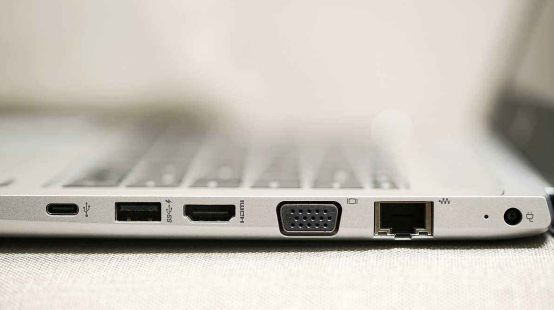
Notebooks
In alignment with the mainstream of the time, light and power durability in current notebooks have apparently become the trends. Earlier 15-inch and larger models have given way and 13- and 14-inch is getting acceptable, which are the best-selling sizes now in the market. The recent slot expansion in USB 3.1 Type C and M.2 will turn them into rising interfaces in the next generation. 2.5G LAN is a new development trend for the future.
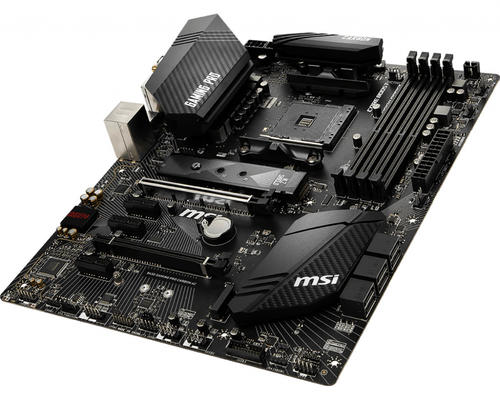
Motherboards
MB market has slowed down for years, to keep up with the AI and VR booms, many of manufacturers have also switched to MB especially for deep learning and VR applications. As for the current trends in gaming motherboards, many new technologies have been applied in both hardware and software. New technologies in hardware include sound effect, connection with external devices, water cooling and M.2 slot design, all of which have brought many new innovative applications.

Networking
As demands for G.Fast and DOCSIS 3.1 are increase in 2017, the US and European markets have successively tested and introduced new specifications and emerging markets have increased demands for middle- and high-end products. Switches have benefited from active promotion by traditional switch and datacenter suppliers alike and can now support products with new technologies such as SDN, NFV and edge computing. Many of manufacturers are also moving towards 100G+ development.
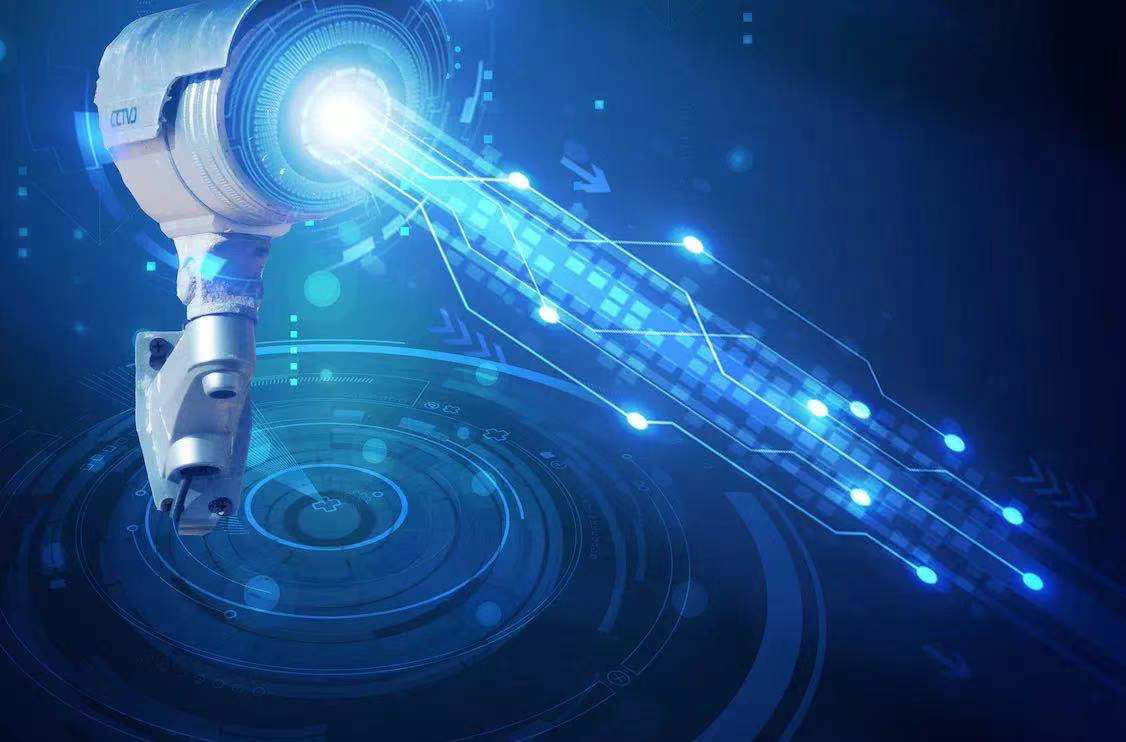
IPCs
Main IoT architecture: ‘Sensor technology innovation’ and ‘ Popular of cloud computing’ are closely connected with the IPC industry. The main IoT architecture is a system architecture that comprehensively collects data and detects signals from target objects with devices such as sensors, cameras, QR code readers and RFID read/write devices in the most forefront sensory layer and send big data/heterogeneous data to the platform in the application layer via real-time telecom networks and the internet in order to run various intelligent processing and controls for target objects.
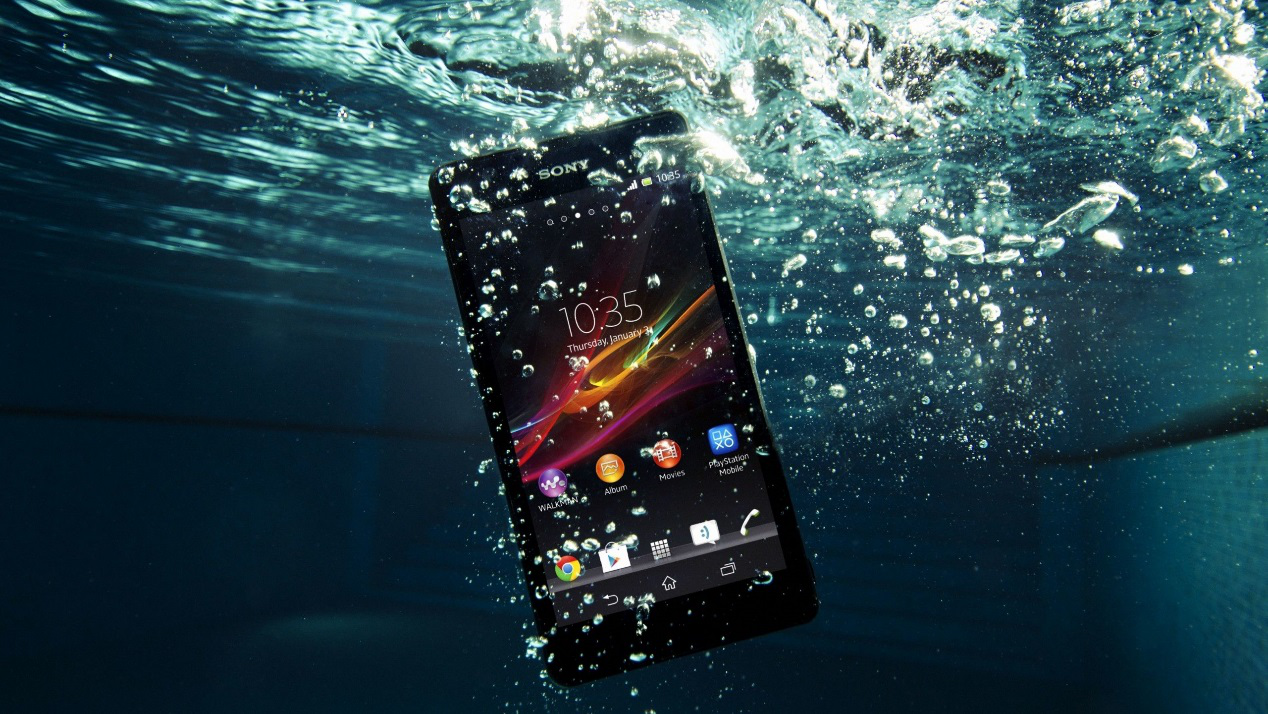
Handheld Devices
Handheld device technologies continue to pursue the development of performance, high definition and lightweight! Trends in hardware technologies: In continuous pursue of high performance power saving core application processors, high capacity memory, lightweight 5-inch or lager high definition panels and highly sensitive (with In-cell and One Glass Solution) touch screen technology! Trends in products include exceptional shooting quality (over 10 million pixels, optical anti-shake and continuous shooting) in cameras and emphasis on stylish one-piece as the camera body mainstream, to name a few.
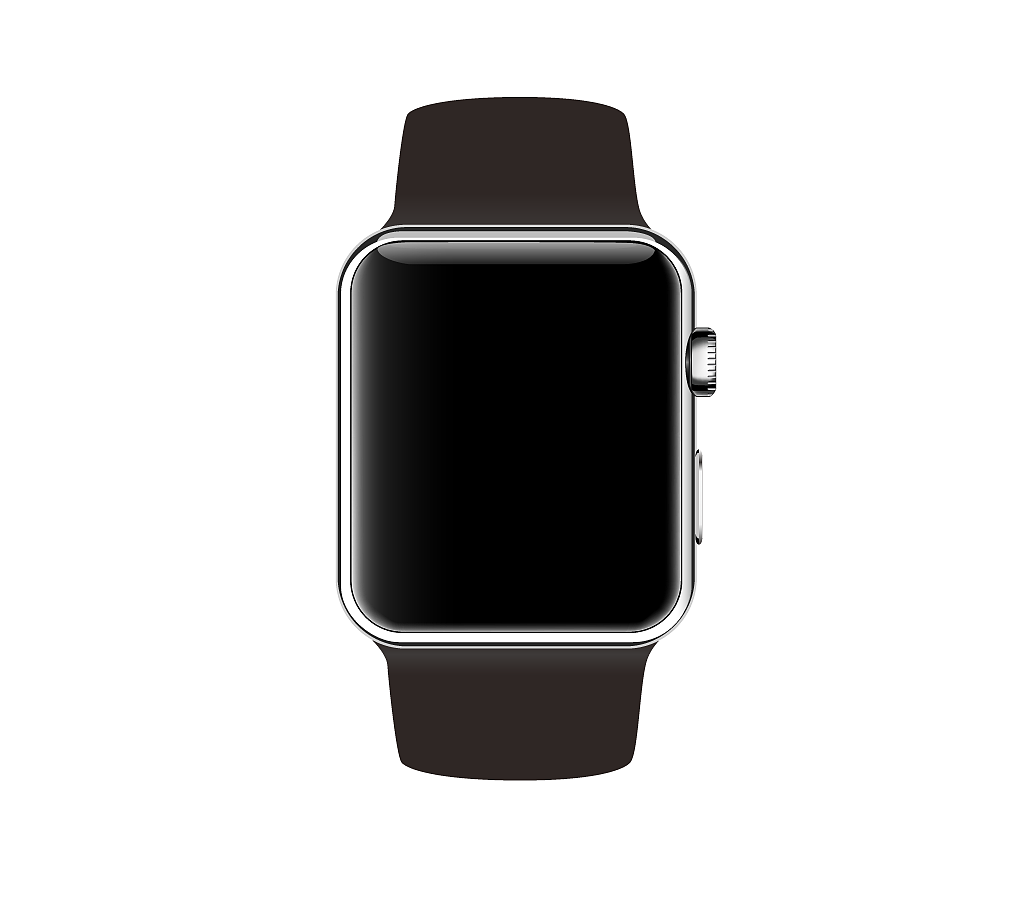
Wearable Devices
There are numerous types of wearable devices. Design of these products focuses on five key points: 1) the most important ‘sensor components, which provide basic data for analysis of terminal device data; 2) the GPS system; 3) the connection function, which provides Bluetooth, Wi-Fi or even the honeycomb design for long-distance transmission and places emphasis on positioning and needs; 4) requirement for lightweight and compact chic (for applications such as bracelets, watches, healthcare and physical training).

IoT
To create value of mechanical engineering, integrate with information technology (IT) closely is a must. The control system combined with IT and manufacturing technology which is friendly, integrated, automated and intelligent. It will be the future main stream of controller and lead the industry into a new generation of intelligent network factory.

Automotive Electronics
Demands in the global car market are moving towards the development of diversity and customization. Therefore, automotive and electronic control technologies have been integrated to enable connection with call centers via various sensors, MCU, imaging and displays, OBU, satellite positioning, wireless communication, semiconductors, power components and even portable devices wireless connected with vehicles, thereby providing vehicles and people with more functions and services and bring new development opportunities for the automotive industry.















